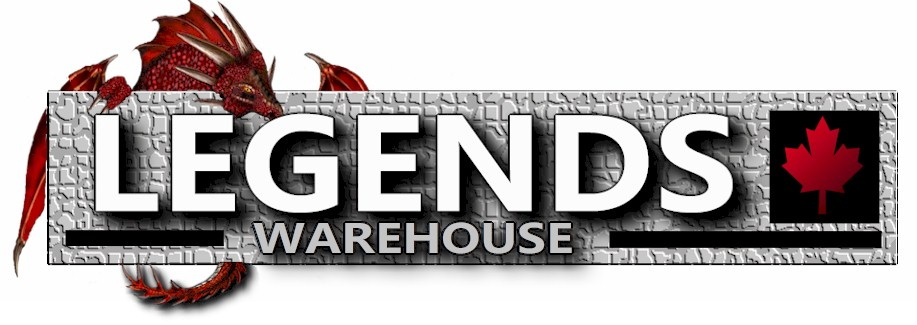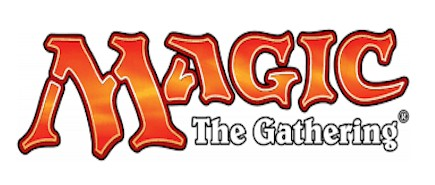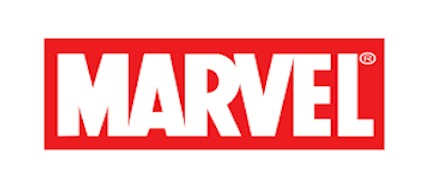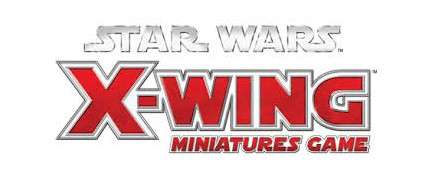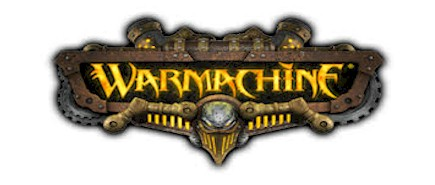Approaching the Standard Season
- Legends Warehouse News
- 09 May, 2018
With every new set comes a new Standard metagame, and with the massive impact Dominaria has had to the format with both the SCG Open and MTGO Pro  Tour Qualifier over the weekend, we are in for a dramatically different format than what we’ve experienced the past year. Of all the new developments over the weekend, the biggest change is that Control decks are back in fashion with powerhouses like Teferi, Hero of Dominaria and Lyra Dawnbringer demonstrating their strengths in a variety of different shells. UW Control, UW Approach, and UW Historic were all over the place, and each one evoking similar feelings to when Jace, the Mind Sculptor, Gideon Jura, and Baneslayer Angel were rocking Standard. While there were plenty of other innovations such as Mono-Red God-Pharaoh’s Gift, this new Control-oriented metagame had me intrigued.
Tour Qualifier over the weekend, we are in for a dramatically different format than what we’ve experienced the past year. Of all the new developments over the weekend, the biggest change is that Control decks are back in fashion with powerhouses like Teferi, Hero of Dominaria and Lyra Dawnbringer demonstrating their strengths in a variety of different shells. UW Control, UW Approach, and UW Historic were all over the place, and each one evoking similar feelings to when Jace, the Mind Sculptor, Gideon Jura, and Baneslayer Angel were rocking Standard. While there were plenty of other innovations such as Mono-Red God-Pharaoh’s Gift, this new Control-oriented metagame had me intrigued.
For a while I’d been interested in bringing back a more traditional Control deck for Standard. Unfortunately, prior to Dominaria that required multiple copies of The Scarab God and Spirebluff Canal, neither of which I owned nor wished to purchase. I had plenty of UW staples from my stint with UW Gift, but I was missing that little something to push the archetype over the edge. Teferi, Hero of Dominaria and Seal Away were exactly what I was looking for.
Each of these cards brought something to the deck that it desperately needed: cheap instant-speed removal in Seal Away, and a multi-faceted threat with a backbreaking emblem in Teferi. As anyone who’s used Venser, the Sojourner will tell you, repeatedly exiling your opponent’s board by doing something you’re already supposed to be doing, either by casting spells or drawing cards, is a really fast way to end a game. Given that Control decks tend to draw a lot of cards naturally, getting to Teferi’s emblem is an excellent game plan.
Seal Away gives control decks an early form of interaction outside of countermagic. This is important given that the format received an incredible accelerator in Llanowar Elves. The threat of turn 2 Steel Leaf Champion or Rhonas the Indomitable can make life difficult for Control decks, so being able to exile them at instant speed for only two mana goes a long way. In a lot of matchups this just feels like a better Cast Out, but it does come with the drawback of only working on tapped creatures. This means you can’t fire it off the turn they play a threat like Cast Out, and it doesn’t work against vigilance creatures at all, but I think the lower mana cost makes it an excellent inclusion regardless.
After buying two boxes of Dominaria, I had two Teferi and a stack of Seal Away in my possession, so I needed to figure out the shell I was going to run them in. While I was perusing the SCG Open results I found that out of everything, a UW Approach of the Second Sun shell would be the least money to build, as it didn’t require any extra Teferi and Lyra Dawnbringer isn’t a main win condition. All I had to do was buy one of the Challenger decks, take out the lame duck cards like 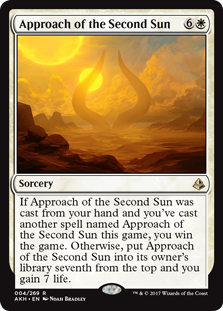 Censor and Aether Meltdown, and replace them with my planeswalkers, Seal Aways, and a pair of Search for Azcanta. I also added a full set of Disallow to help fight opposing Blue decks, and bumped the number of Settle the Wreckage up to a playset to further stave off aggro decks, as mono-Red is still just as popular as it was pre-Dominaria.
Censor and Aether Meltdown, and replace them with my planeswalkers, Seal Aways, and a pair of Search for Azcanta. I also added a full set of Disallow to help fight opposing Blue decks, and bumped the number of Settle the Wreckage up to a playset to further stave off aggro decks, as mono-Red is still just as popular as it was pre-Dominaria.
I’ve been saying it for a while, but the Challenger deck series is actually very impressive in just how close to a tier 1 deck they get you for virtually nothing invested. I picked up the Approach deck for $25, and upgrading it to where I wanted it to be cost a little over $100. If I had decided to build the deck from scratch, it would have cost me that much before the additions I had to purchase, so I chalk that up as a pretty big plus for picking up these decks.
While most lists are quickly adapting to having Lyra Dawnbringer in the sideboard to combat aggro decks, I’ve found that the three copies of Regal Caracal in the Challenger deck are fine for the budget-conscious. While you don’t get the same raw stats or lifegain you would with Lyra, Regal Caracal provides two additional bodies with lifelink, which can help buy time against swarm decks. As well, Regal Caracal is far less susceptible to spot removal than Lyra since if they kill your main creature you still have the two tokens, whereas spot removal on Lyra provides no such value. Overall I think Lyra Dawnbringer is the stronger choice in a mono-Red or Vehicle-heavy metagame, but for a fraction of the price I’ve been quite impressed with how Regal Caracal has performed in the slot.
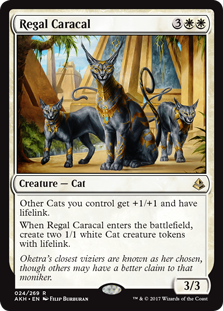
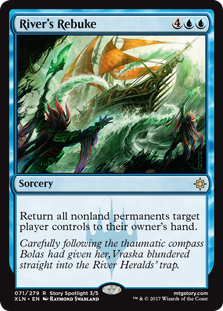
One other notable change I’ve opted for was including a single River’s Rebuke in the sideboard. This card is an absolute powerhouse against midrange threats since it resets their entire board. While there are a lot of situations where Fumigate and Settle the Wreckage are just better, being able to bounce noncreature permanents can help against slower decks with artifacts, enchantments, or planeswalkers in play.
As well, bouncing things without targeting goes a long way against decks packing Blossoming Defense and Heroic Intervention. This leads to some situations where the board is gummed up and your opponent is banking on a hexproof trump card and suddenly everything vanishes. For example, during the first week of the season when everyone was toying around with ideas, I got to bounce a board with Lich’s Mastery thus winning the game, and that’s just downright funny. Admittedly, I’m still tinkering with this slot, as it could easily be another copy of Invoke the Divine or even another mass bounce spell like Baral’s Expertise, but for the time being I’m sticking with River’s Rebuke.
Approach of the Second Sun is fairly well positioned given the metagame that’s emerged over the first weekend. Having upwards of seven maindeck board wipes plus spot removal in Seal Away goes a long way to shutting down aggro and midrange, and while it loses a bit of ground to a classic Torrential Gearhulk-based control deck since they typically have more counterspells, the Approach deck has a much more cohesive end game that is ultimately harder to disrupt. The ability to just end the game on the spot is nothing to scoff at, and I for one am eager to see how the archetype continues to adapt as the Standard season progresses.
